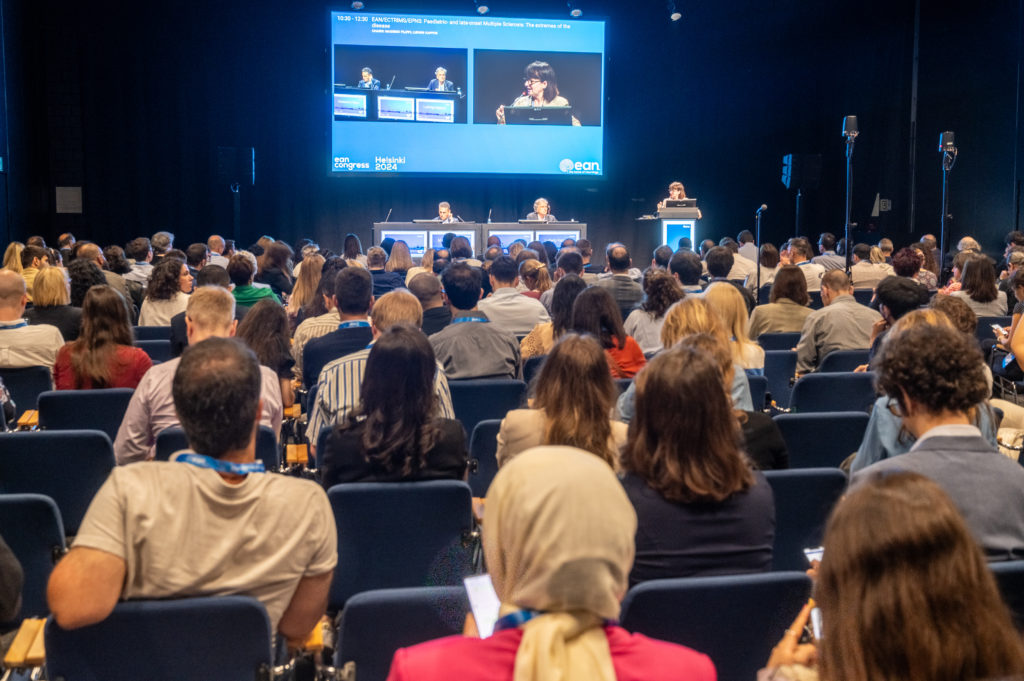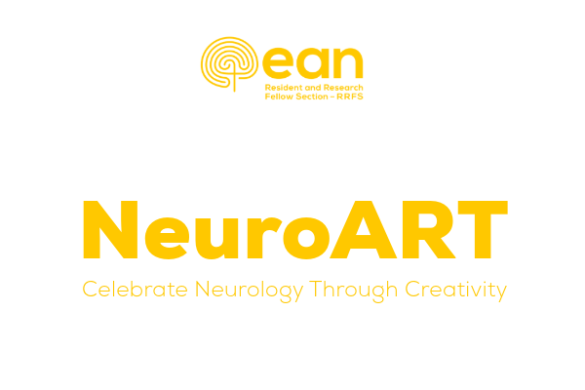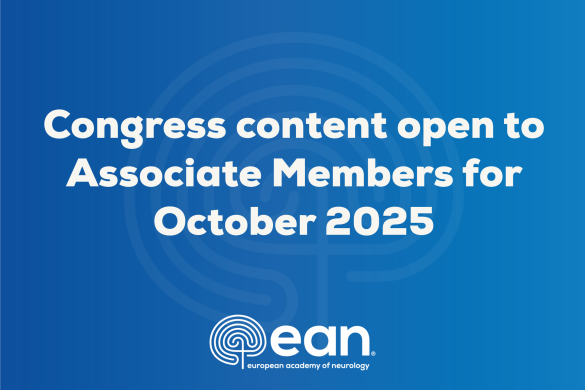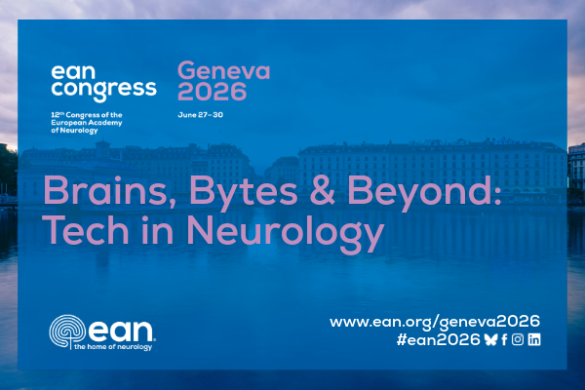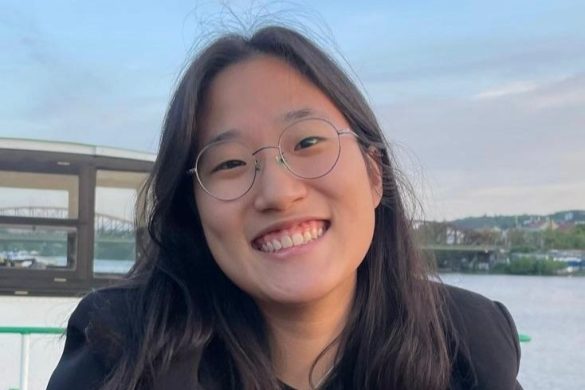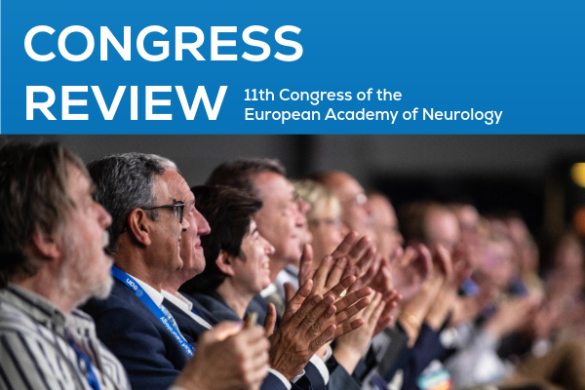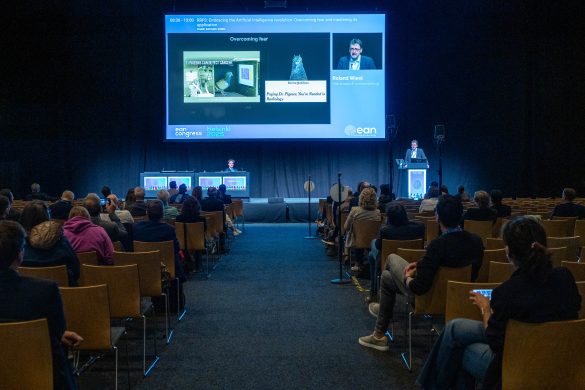by Andreas Liampas
This scientific symposium, organised in cooperation with both the European Committee for Treatment and Research in Multiple Sclerosis (ECTRIMS) and the European Paediatric Neurology Society, took place in Room Budapest, and addressed the clinical and neuroimaging features of paediatric (POMS) and late-onset (LOMS) multiple sclerosis and therapeutic strategies for these groups of patients in four very interesting talks. Although it is already known that the clinical onset of MS typically occurs around 20 to 40 years of age, paediatric patients (<18 years) and older patients (>45-50 years) can be affected as well. There is a great need to understand the differences regarding clinical and neuroradiological features and, possibly pathophysiological processes between this group of patients and the typical adult-onset MS (AOMS) patients. Interestingly, there is limited data regarding treatment efficacy and safety for those patients. This session gave the audience a great overview of the clinical, radiological and pathophysiological characteristics of paediatric and late-onset MS patients and provided excellent coverage of the possible therapeutic strategies. The audience was very enthusiastic and filled the room with great energy, while at the end of each talk there was a constructive discussion of questions.
The symposium began with a talk by Maria Assunta Roca from Milan, Italy who spoke on clinical and neuroimaging features of POMS. She reported that POMS patients have higher relapse rates and disease burden and reach disability milestones and cognitive impairment at a younger age than AOMS. Furthermore, due to a higher remyelination potential and a different myelination pattern, POMS patients often show lesion resolution at follow up MRI, and they accumulate axonal injury, particularly involving the thalamus, with a slower progression than adult patients, but show greater structural damage at the same age. She closed her very interesting talk stressing the role of functional MRI in understanding multiple networks and explaining the preservation of motor function and collapse of cognitive abilities in POMS.
Next, Celine Louapre, from Paris, France presented the clinical and neuroimaging features of LOMS. Louapre started her talk with an interesting case report of a patient with very late-onset MS who presented with a progressive disability. She addressed the high risk of misdiagnosis and delayed correct diagnosis in that group of patients. She reported that the frequency of annual relapses in LOMS is lower in the first years of the disease, and so is the disease activity and the infiltration compared to AOMS. She concluded that patients with LOMS mostly present with walking disability; they have a more progressive phenotype; and they accumulate disability faster than AOMS.

Ludwig Kappos from Basel, Switzerland, then addressed the therapeutic strategies in POMS. His talk, and his extensive experience in this field, gave a great overview of all therapeutic options that are available and proposed strategies on how and when to escalate or de-escalate the treatment in this peculiar group of patients. He provided evidence from the PARADIGMS trial, the TERIKINDS trial and the open label extension of this trial, the CONNECT trial, and the OFSEP trial, concluding that Fingolimod and Teriflunomide are the only approved drugs for the treatment of POMS. During his talk, Kappos posed a dilemma to the audience about the study strategy in POMS concerning safety and ethical issues and proposed to adopt the Bayesian approach for future studies and work on a learning system in which clinical data and biomarkers will enable clinicians to better characterise the disease and personalise treatment. On that point, he gave valuable suggestions for de-escalation treatment strategies and did a brief report on the DELIVER-MS and the TREAT-MS studies, of which the results have not yet been published.
He was followed by his colleague Fredrik Piehl from Stockholm, Sweden, who concluded the session with a talk on escalation and de-escalation treatments in LOMS. Although there is limited data on treatment strategies for this group of patients, Piehl gave the audience great insights from his center experience. He started his talk by underscoring the MS disease mechanisms, and then provided data from the AFFIRM study, the COMBAT-MS study, the DISCOMS study and the DOT-MS study. Piehl stated that ageing is associated with less inflammatory activity, fewer relapses and fewer consequences of relapses, concluding that relapse rates favour treatment with anti-CD 20, although with greater rate of treatment-related infections. His talk ended with an excellent slide, where he proposed a strategy with pharmacological and non-pharmacological elements to achieve brain health in those patients.
In summary, this scientific symposium focused on the clinical and neuroimaging features of POMS and LOMS, as well as therapeutic strategies for these patient groups. The session highlighted the differences in clinical and neuroradiological features between POMS and LOMS patients compared to typical AOMS patients. Speakers discussed the higher relapse rates and disease burden in POMS patients, as well as the unique myelination patterns and lesion resolution seen in this group. Therapeutic strategies for both POMS and LOMS patients were also addressed, with a focus on available treatment options and the need for personalised approaches and new treatment strategies. Overall, the symposium provided valuable insights into the characteristics and treatment considerations for these specific patient populations.

